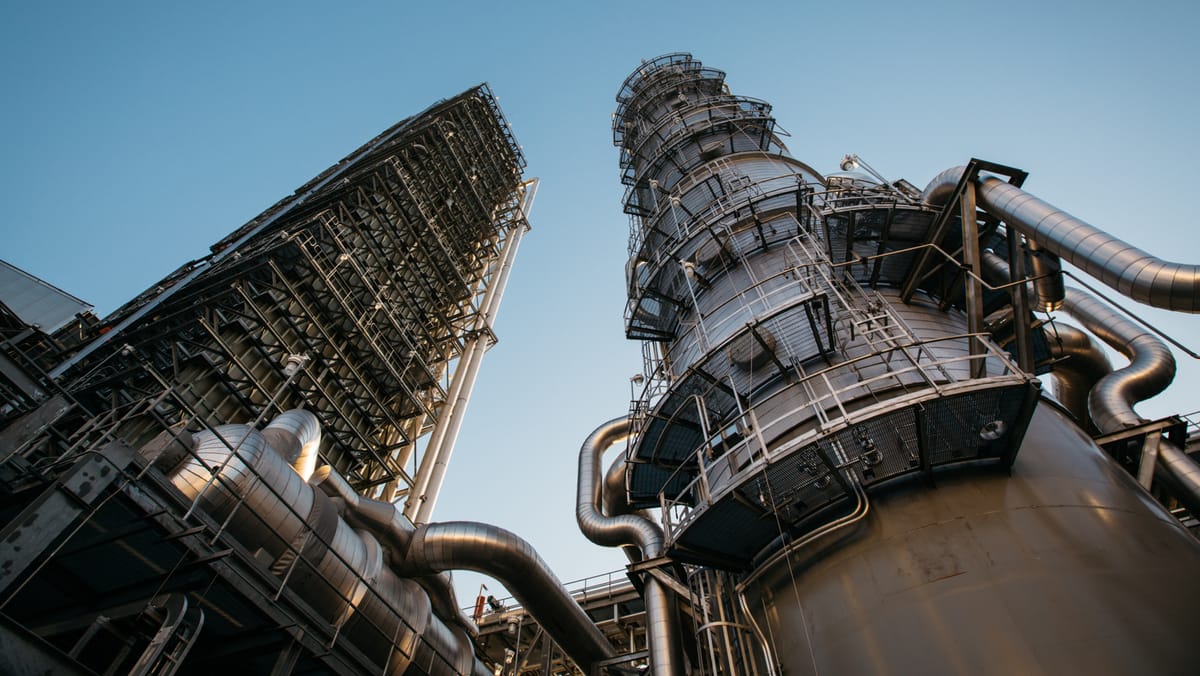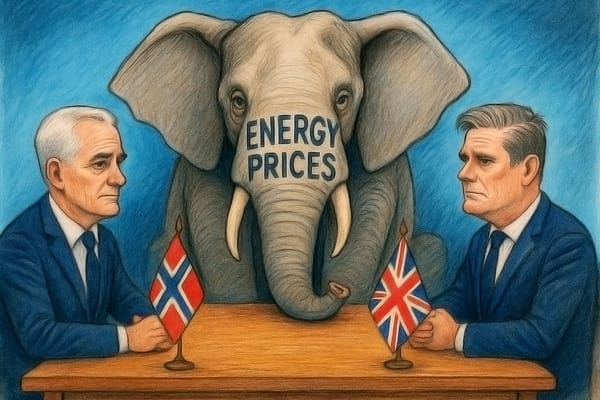No more gaslighting: Let’s get real about carbon capture and storage
The energy debate must move on from comforting ‘net zero’ targets based on wishful thinking around CCS, or risk undermining the quest for solutions that might actually work.


Member discussion: No more gaslighting: Let’s get real about carbon capture and storage
Read what members are saying. Subscribe to join the conversation.





